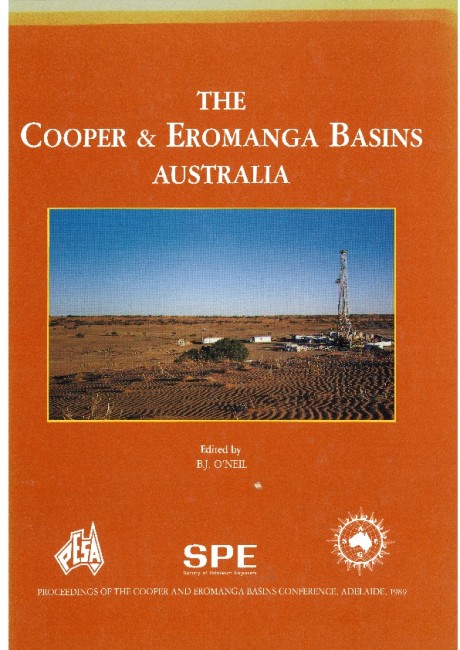Publication Name: The Cooper & Eromanga Basins Australia
Authors: N.J. Russell and Y. Bone
Date Published: June 1989
Number of Pages: 37
Reference Type: Book Section
Abstract:
The relationship between vitrinite reflectivity, fluid inclusion homogenization temperature and present-dayformation temperature provides a guide to the palaeogeothermometry of siliciclastic sedimentary rocks in
the Cooper and Eromanga Basins in South Australia. Accepting that vitrinite reflectivity constitutes an absolute
palaeogeothermometer, it is possible to compare fluid inclusion homogenization temperatures and present-day
formation temperatures with maximum palaeotemperatures inferred from vitrinite reflectivity. This study shows
that many Permo-Triassic (Cooper Basin) rocks have cooled considerably below maximum palaeotemperature whereas the younger Mesozoic Ourassic-Cretaceous) rocks of the Eromanga Basin are at, or near, maximum palaeotemperature. Liquid hydrocarbons are present in many of the fluid inclusions and, hence, the fluid inclusion homogenization temperatures provide a guide to the temperature of Late Mesozoic-Tertiary, hydrocarbon migration events.


